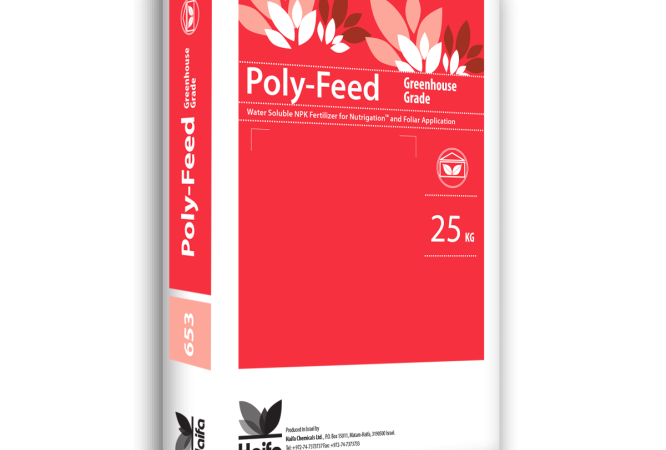Abstract:
Growth and yield of herbal plants are closely connected with meteorological conditions and agrotechnical procedures. We undertook studies on determining the effect of tarragon planting density upon fresh and dry herb yield, as well as the contents of nutritious and physiologically active substances: L-ascorbic acids, chlorophylls, carotenoids, tannins and flavonoids, as well as the contents, yield and chemical composition of essential oil. Significant effect of estragon planting density was demonstrated upon fresh and air-dry herb yield, grated herb yield and essential oil yield. Tarragon plants growing in higher density (40 × 40 cm) had higher yield of fresh, dry and de-stalked herb, as well as higher oil yield than the plants growing less densely (50 × 50 cm). The biological value of analyzed plant material was high and depended upon planting density to a really insignificant extent. Plants growing more densely had significantly higher concentration of carotenoids and significantly lower contents of essential oil compared to the remaining ones. The essential oil of Artemisia dracunculus L. was characterized by the presence of 46 compounds of the share >0.05% and 23 compounds occurring in trace amounts. The predominant compound in the examined tarragon oil was methyl eugenol, which occurred in larger quantity in the year 2012 (37.56%), than in 2011 (34.33%). Other main compounds were: elemicin, determined in the amount of 21.95 and 26.22%; sabinene, in the amount of 14.16 and 16.37%, as well as E-asarone, in the concentrations of 8.68 and 3.49% (respectively: in 2011 and 2012). A. dracunculus presented in the foregoing studies can be defined as a methyl eugenol-elemicin/sabinene chemotype (respectively: 36, 24 and 15%).
Need more information about growing tarragon ? You can always return to the tarragon fertilizer.





